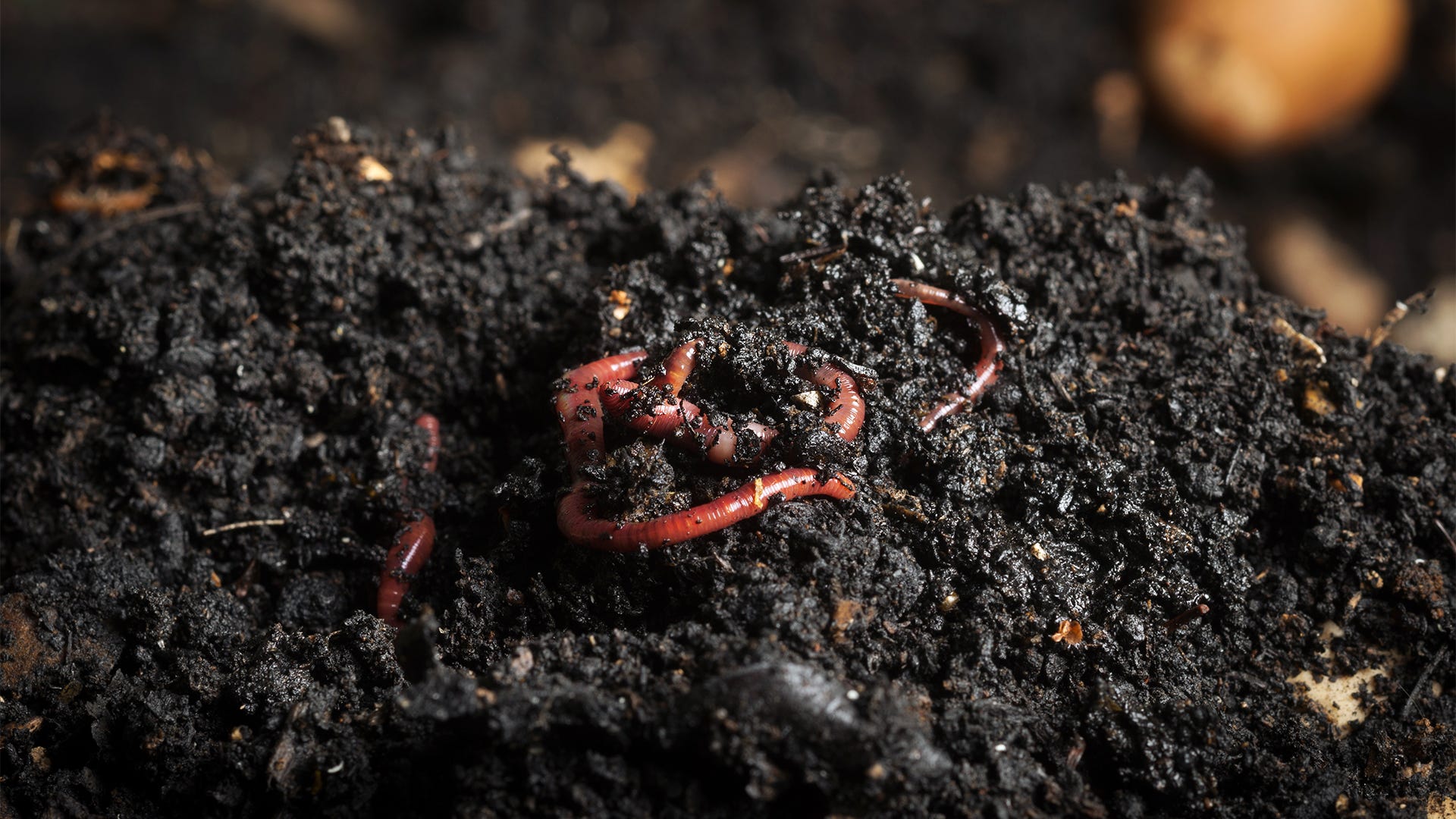Excitement About Red Wiggler Express
Table of ContentsWhat Does Red Wiggler Express Do?Our Red Wiggler Express IdeasRed Wiggler Express Can Be Fun For AnyoneIndicators on Red Wiggler Express You Need To KnowThe Best Strategy To Use For Red Wiggler Express
It's secure to say this things would have been excellent to add as a to vermicomposting systems! And the flourishing Red Worm populace? It simply never ever took place. Even in the heap that was established up directly before yard composters with existing Red Worm colonies. Yet these nutritionally-boosted timber chip environments are definitely packed with Lumbricus sp.
Numerous ranges, including Red Wigglers, European Nightcrawlers, and Lumbricus species were brought over from the European continent. However below's the thingNative or not - and as skilled as they are at having the ability to endure in a wide-range of atmospheres and conditions -. Simply put, they are even more likely to hang around in any kind of active composting systems you have actually set up, than they are to stroll off and begin messing up the atmosphere.
Origins require oxygen for respiration and rely upon smooth air flow within the dirt to prosper. When it rainfalls, soil can become saturated with water, lowering the oxygen readily available and hindering nutrient absorption. To keep an optimum equilibrium, the soil must enable water to drain effectively, leaving sufficient room for air to sustain root health and wellness
The Greatest Guide To Red Wiggler Express

When it pertains to worms for composting, what enters your mind? If you were an earthworm breeder, supplier, or plain gardener, then you 'd understand that red wiggler worms are the perfect worms for vermicomposting. For more information about these earth wonders, gone through some of the red worm realities below.
(https://www.apeopledirectory.com/Red-Wiggler-Express_357510.html)If they extend their bodies, you'll be able to see the stripes on their skin. When elevating worms such as red wiggler worms, you ought to have the ability to know how to make good usage of them. When you have the ability to preserve and care for their environment well, and additionally feed them the best type of organic wastes, then they'll have the ability to generate nutrient-packed and quality-rich worm castings for you (additionally referred to as worm poop or garden compost).
Getting My Red Wiggler Express To Work
So, what do worms eat? Well, these red wriggler worms can be fed with kitchen area scraps and garden wastes. So, any decaying natural things will certainly simulate veggie and fruit peels, crushed egg coverings, utilized tea bags, coffee premises, yard clippings, dry fallen leaves, and others. However ensure not to feed them foodstuffs that are oily, citrusy, or has meat or milk in them. Red Wiggler Express.

This habits makes them well-suited for life in worm containers, garden compost stacks, and various other constrained areas where natural waste is abundant. Producing an optimal atmosphere for red wigglers requires a thoughtful approach. Take into consideration the adhering to vital components to take care of red wigglers in your home and ensure their wellness: Use a bedding of shredded paper or cardboard.

Red wiggler worms reproduce by laying little, lemon-shaped eggs in protective cocoons. These cocoons are typically transferred in the bed linen and hatch into child worms within a couple of weeks.
Red Wiggler Express Can Be Fun For Anyone
Their flexibility and strength have actually made them a preferred choice for vermicomposting in various areas worldwide. Yes! They can endure from a range of 32F to 90F. They are incredibly versatile animals. Think about protective procedures for extremely severe temperature levels such as: Insulating the worm bin with layers of straw or leaves.

When taking treatment of your red wigglers it's important to bear in mind to: 1) K.I.S.S (Keep it Simple) and 2) every little thing in small amounts. These rules put on feeding your garden compost worms, watering your worm containers, and just about everything else associated with taking care of them. Simply remember - you can constantly include more food later on (however it's difficult to get rid of feed once it's been included to a container!).
Because I fed the red wigglers and garden compost worms too a lot, they weren't able to maintain and gradually the older food went uneaten and produced anaerobic conditions that killed the worms. Fortunately is that there are extremely easy actions you can take to guarantee this doesn't occur! Here're the 6 golden regulations for just how commonly and how much to feed your worms: Guideline # 1: Moderation! You can always include more food later on.
Top Guidelines Of Red Wiggler Express
Uneaten food will certainly bring about anaerobic conditions that will certainly kill your real-time worms. It is ok to sprinkle a little of their initial bed linens (which should currently be in the bin) over the food, yet the food ought to never be buried and should be noticeable to your eye. Policy # 5: See policy # 1! Rule # 6: After the very first feeding, feed the worms 1/3 to 1/2 of their weight.